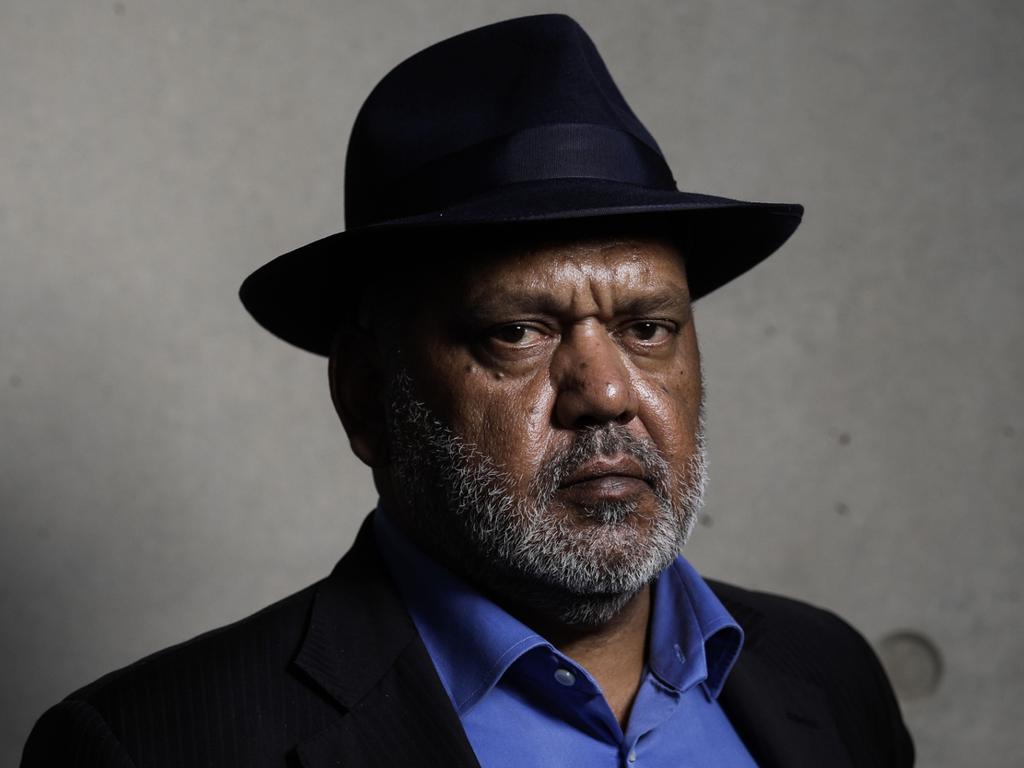Make no mistake, truancy is hurting our society

It also sends warning signals to us across the Tasman.
Victoria’s figures seem to compare well for attendance, even within the lowest socio-economic groups – 85 per cent attendance last year, compared with 91 per cent in higher socio-economic groups. But this still means a significant minority is missing school.
Teachers report in less well-off areas that many teenagers lost to schooling during the Covid years have never returned.
What, we may ask, are those kids doing all week? It is hard not to link permanent wagging with escalating rates of teenage mental illness and a surge in teenage crime, notably increasingly violent home invasions and carjackings.
In parallel, high crime rates among Indigenous children in the Northern Territory correlate with low school attendance. Child gangs have turned the once lovely country town of Alice Springs into violent civil anarchy more typical of cities in South Africa, Brazil or Papua New Guinea. They attest to the Hobbesian “war of all against all” that eventuates when social order breaks down.
Schools play arguably the most important role in maintaining social order in modern nations such as Australia. They perform two main functions.
Most obviously, there is the teaching of skills – starting with reading, writing and numeracy – that are essential preconditions for a rewarding adulthood to be spent later in work and family, and as responsible members of the community.
The second key function of schooling is the slow, laborious cultivation of self-control and self-discipline. This is governed by the inflexible routine of the clock, regular timed periods, and set tasks that are overseen and marked by vigilant teachers. Symbolic is the school bell.
Usually, the biggest challenge for secondary school teachers is behaviour management, especially keeping order among restless, bored, and unruly 15 and 16-year-old boys who don’t want to be there. Teaching in such circumstances is relentlessly gruelling, at times intimidating, especially for women, and not rewarded with the respect and gratitude it deserves from the wider society.
Little wonder that dropout rates for senior teachers are high.
To put this in context, the central question about the rise of modern society is what transformed the typical person of the European Middle Ages – violent, immoderate, perceiving the world in childlike extremes, the mind inhabited by a phantasmagoria of devils and angels, ghosts and holy relics – into the self-controlled, disciplined and inward individual who had come to occupy a central position in later centuries.
Even the typical church or theatre audience in Elizabethan London would have been unrecognisable to us today and distastefully offensive – a constant chattering hubbub of restless shuffling, squabbling, nudging, spitting and swearing. People did not have the inner discipline to sit still and concentrate.
Further, it was the capacity for systematic and sustained work and for rational, calculated organisation that was to constitute the human prerequisite for the development of the industrial technocratic society that was to develop after the 18th century.
Medieval forebears – with their weak powers of concentration and consistency, their low opinion of their own ability to control their environment, their resort to superstition to explain events and protect them from misfortune – were, by disposition, incompatible with the workings of modern society.
They were far too emotionally unstable and delinquent in character to work regular hours in a modern office, factory or shop.
At issue here is the civilising process and its dependency, across centuries, on schools. In earlier times, more draconian regimes within the classroom, of the “spare the rod and spoil the child” variety, were likely essential for discipline.
Then, slowly across time and across generations, capacities for self-control passed into the collective gene pool and severe physical punishment within the classroom became less important. Strapping and caning were still the norm in Australia 70 years ago.
The task of socialising each new generation falls mainly on parents and schools. Ideally, they attract support from broader social groups such as sports clubs, dance classes, church gatherings and other special interest associations.
The moral also still holds from a couple of decades ago, when it was observed that part-time employment for teenagers after school at McDonald’s cultivated and reinforced good work habits.
Socialising means the gaining of self-control; that is, the building of psychic resources to check wild passions led by anger, greed, lust, envy and covetousness.
Those passions, when unchecked, will destroy any capacity for long concentration on a set task. Hence our society instinctively values the character ideals of moderation and balance.
This socialising process is further challenged today by the pervasive temptations of social media and video gaming. They are ever at hand to distract children from concentrated attention on a lesson, the quiet writing of an essay or working through maths problems.
Even within classrooms, boys will covertly play video games and girls check their news feeds and messages.
That new generations are reaching adulthood with lower capacities for self-discipline can only aggravate pressures on social cohesion. A church gathering in Sydney riots, then stones police who were there only to help them. Regular large and angry pro-Palestinian demonstrations in our major cities, anti-Semitic harassment and a divided Labor Party are putting Australia’s celebrated multicultural success under dire stress for the first time since 1945.
A national temperament that was characterised as easygoing, sceptical and believing in a fair go for all is being tested by fanatical, highly strung ideologues championing their diverse causes.
We don’t know how vulnerable the civilising process is to changing gear into reverse.
That it developed across many generations should mean it is fairly resilient to short-sightedness and confusion in a culture and its key institutions – notably schools and governments – if those weaknesses are short term.
New Zealand may prove the cautionary test case.
John Carroll is professor emeritus of sociology at La Trobe University.






New Zealand Prime Minister Christopher Luxon recently admitted, with deep concern, that 54 per cent of children in his country were not attending school regularly. If this is true, it is momentous, and alarming. It means New Zealand is at risk of turning into a Third World country.